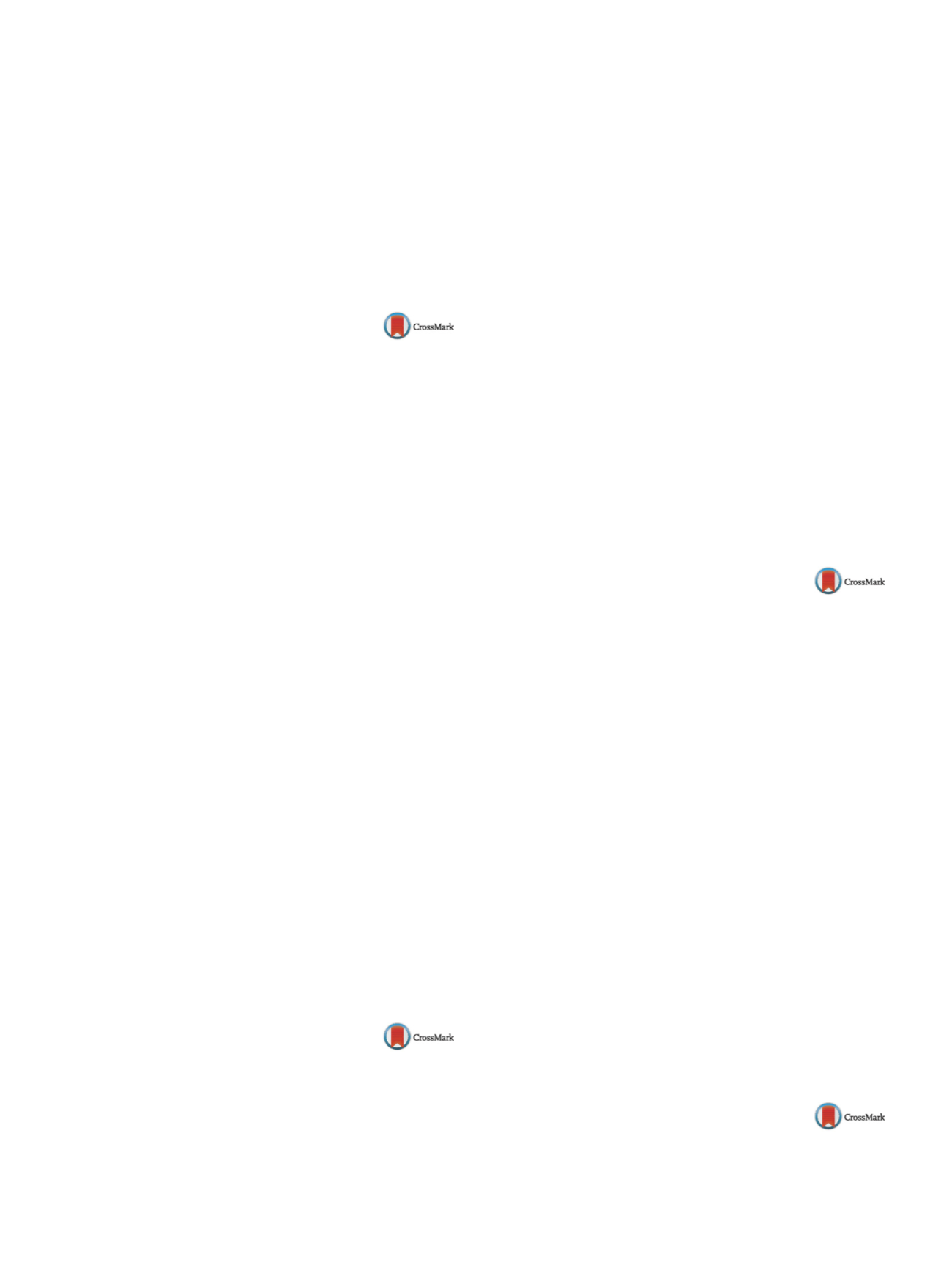

S528
25th European Congress of Psychiatry / European Psychiatry 41S (2017) S521–S582
Conclusion
The correlation of depressive symptoms, comple-
ment and C-reactive protein with depressive symptoms suggests
that these may be mediated by disease activity and share patho-
physiological mechanisms. The overall weakness of correlations
with biological markers demonstrates that more specific tests need
to be developed. The study of lupus associated depression may,
furthermore clarify the role of immune dysfunction in the patho-
physiology of this psychiatric disorder.
Disclosure of interest
The authors have not supplied their decla-
ration of competing interest.
http://dx.doi.org/10.1016/j.eurpsy.2017.01.710EV0381
Depression among elderly cancer
patients
L. Ghanmi
1 ,∗
, S. Aloulou
2, A. Mechri
3, K. Zitoun
1, A. Ben Hmida
2,
L. Zouari
4, M. Maalej
41
Regional hospital of Gabes, Psychiatry, Gabes, Tunisia
2
Regional hospital of Gabes, Oncology and palliative care unit, Gabes,
Tunisia
3
University Hospital Fattouma Bourguiba–Monastir- Tunisia,
Psychiatry, Monastir, Tunisia
4
University Hospital Hedi Chaker- Sfax- Tunisia, Psychiatry “C”,
Monastir, Tunisia
∗
Corresponding author.
Introduction
Depression is one of the most common mental ill-
nesses in the elderly and its consequences are severe.
Aims
To measure the prevalence of depression in elderly cancer
patients and subsequently determine the sociodemographic and
clinical factors correlated with this disorder.
Methods
We conducted a descriptive and analytical cross-
sectional study of patients aged over than 65 years old, suffering
from cancer and who had no cognitive impairment, admitted in
2013 in the Oncology and palliative care unit of Gabes regional
Hospital (Tunisia). We used a self-rating questionnaire to detect
sociodemographics and clinical variables, the Geriatric depression
scale (GDS) to assess depressive symptoms, and the Activity of Daily
Living to determine the degree of autonomy.
Results
At the end of our investigation, we included 60 patients.
The prevalence of depression was 48%. Depression was signifi-
cantly correlatedwith:marital status (widower subjectsweremore
depressed (74% vs. 34%,
P
= 0.007)), less degree of autonomy (80%
vs. 38%,
P
= 0.04), fatigue (62% vs. 26%,
P
= 0.007), pain (59% vs. 26%,
P
= 0.02), family psychiatric history (80% vs. 20%,
P
= 0.02), family
history of death by cancer (72% vs. 38%,
P
= 0.01), WHO condition
(67% vs. 34%,
P
= 0.04) and the presence of co morbidity in particu-
larly diabetes (69% vs. 41%,
P
= 0.05).
Conclusion
Depression is prevalent in oncogeriatric environ-
ments. This could compromise quality of support and care of these
patients. Close collaboration between oncologist and psychiatrist
is needed to support and relieve these patients.
Disclosure of interest
The authors have not supplied their decla-
ration of competing interest.
http://dx.doi.org/10.1016/j.eurpsy.2017.01.711EV0382
Depressive symptomatology and
language perception in young women
V. Giannouli
1 ,∗
, N. Syrmos
21
Aristotle University of Thessaloniki, School of Medicine, Drama,
Greece
2
Aristotle University of Thessaloniki, School of Medicine,
Thessaloniki, Greece
∗
Corresponding author.
Introduction
Depression may have numerous effects on cogni-
tion. A little investigated topic is the perception of the grammatical
gender.
Objective
The aim of this study is to examine whether there is a
different understanding of grammatical gender in Greek-speaking
young women with and without depressive symptomatology
regarding names of cars that are female or neutral according to
the modern Greek language.
Method
Two-hundred fourteen women from Greece (Mean
age = 19.59, SD age = 3.60, 18 min–50 max) were examined with
the ZUNG Self Rating Depression Scale and a language test that
comprised of 38 names of car brands, which were characterized in
linguistics either as female or neutral. Half of women scored high
in the ZUNG Depression scale.
Results
Results indicated that overall there are no statistically
significant differences between women with or without depres-
sion in their gender perception of the words (
P
> .005). In addition
to that, there are no statistically significant differences between
the names of car brands that are related to large size cars and/or
expensive car models.
Conclusions
This research suggests that although there is a ten-
dency to consider the existence of depressive symptomatology as
detrimental on cognition, this does not seem to hold true for the
perception of the gender of the words as examined by linguistics.
Disclosure of interest
The authors have not supplied their decla-
ration of competing interest.
http://dx.doi.org/10.1016/j.eurpsy.2017.01.712EV0383
Seasonal affective disorder (SAD) and
light therapy: State of the science
C. Glod
Merrimack College, Academic Affairs, North Andover, USA
Major depression with a fall/winter seasonal pattern, also known
as seasonal affective disorder (SAD), is a recurrent and prevalent
disorder. Treatment may include either pharmacological (antide-
pressant) or non-pharmacological options, most commonly light
therapy. Over the years, light therapy has been explored using var-
ious deliverymethods including light-emitting diode (LED) devices.
For over 20 years, cool-white fluorescent sources that yield 10,000
lux of polychromatic white light have been the standard treatment
for SAD. Many investigations have confirmed the clinical effective-
ness of white light, its overall tolerability, and adverse reactions,
such as agitation, insomnia, and headache. Building upon this, more
recent studies have compared alternative light sources and differ-
ent wavelengths of light, such as white, red, green, and blue. If
certain wavelengths are more potent and effective, lower inten-
sities of light could reduce side effects and increase tolerability and
adherence. Furthermore, studies of the ocular system particularly,
intrinsically photosensitive retinal ganglion cells, discovered dif-
ferences among specific wavelengths of light. While some reports
have suggested that 446–477 nm wavelengths of blue light may
be the most potent, published clinical trials have revealed mixed
results. The purpose of this session is to review the state of the
science on light therapy in the treatment of SAD, and suggest rec-
ommendations for clinical practice and implications for patients.
Disclosure of interest
The author has not supplied his/her decla-
ration of competing interest.
http://dx.doi.org/10.1016/j.eurpsy.2017.01.713EV0384
Association of activation syndrome
with life-time hypomanic symptoms
and Ghaemi criteria
O. Gökc¸ en
1 ,∗
, S. Özer
21
Dumlupinar University, psychiatry, kütahya, Turkey


















